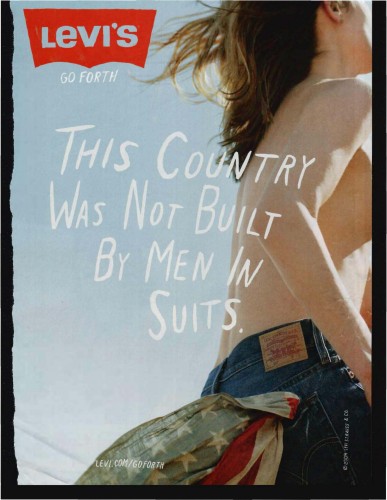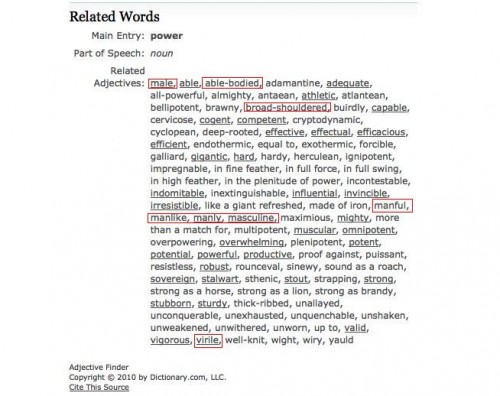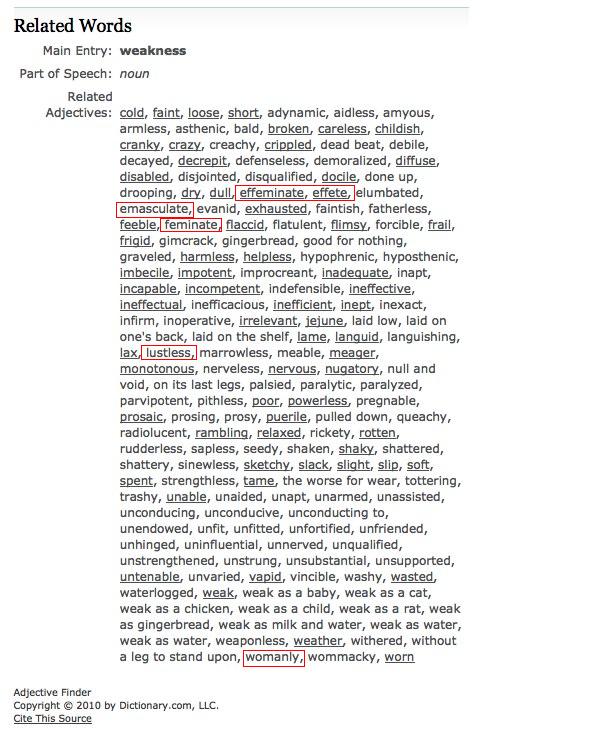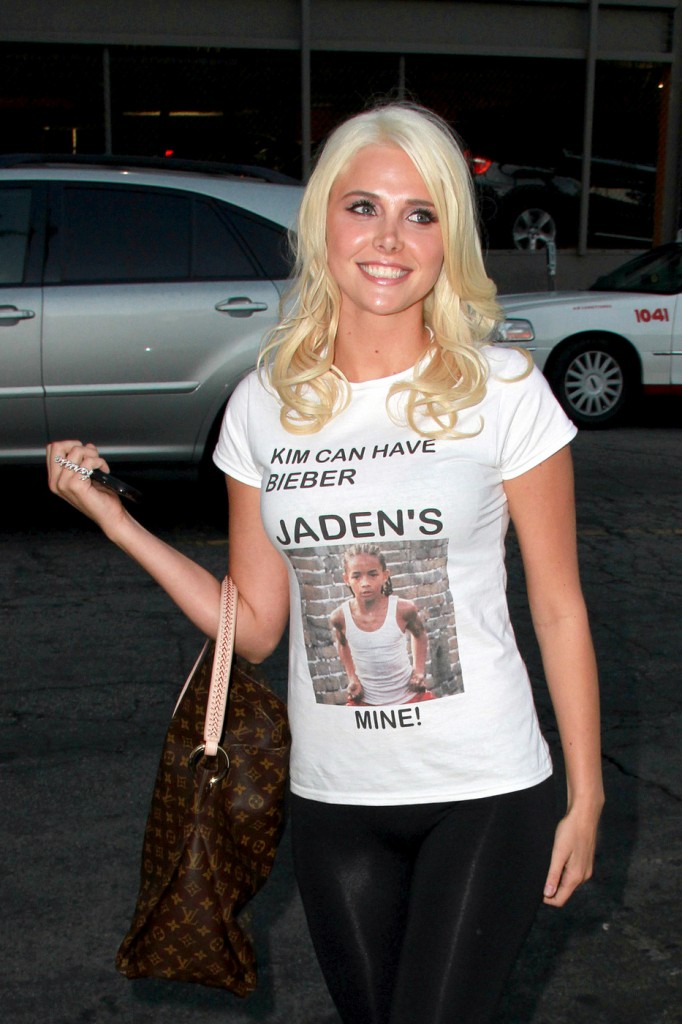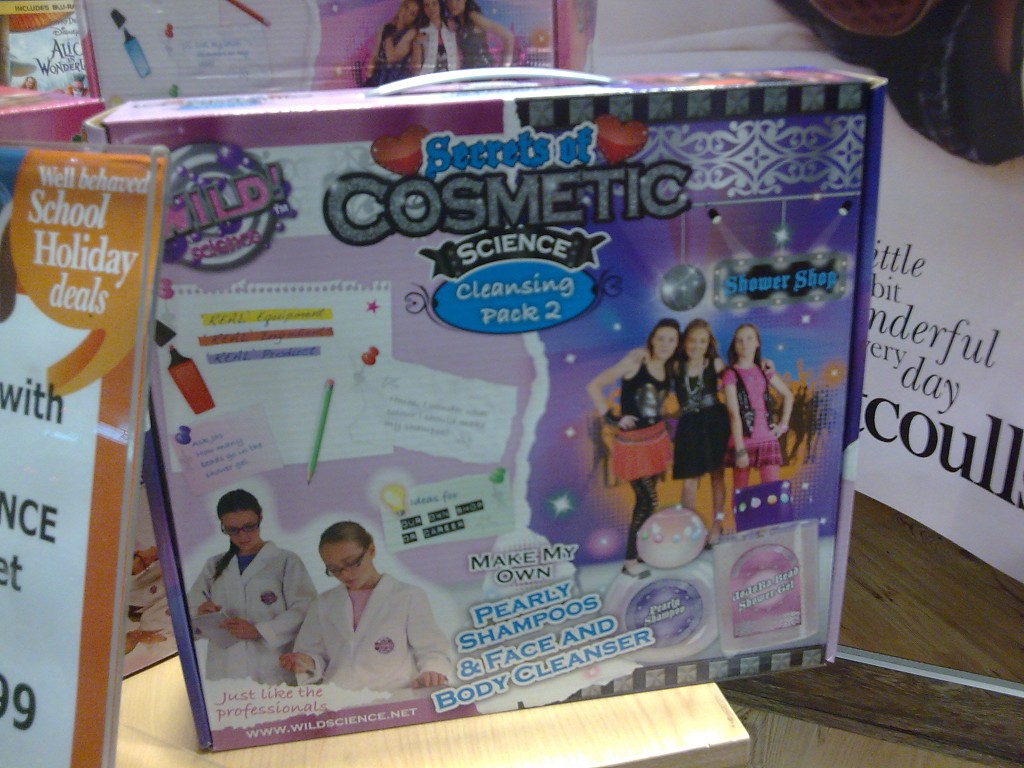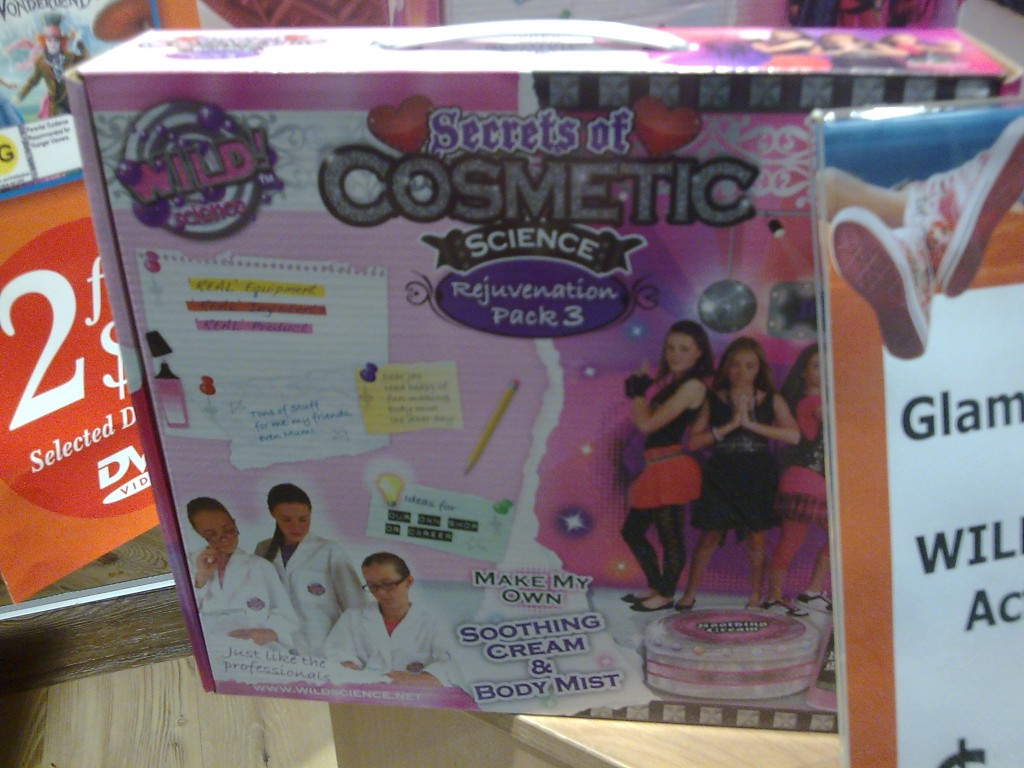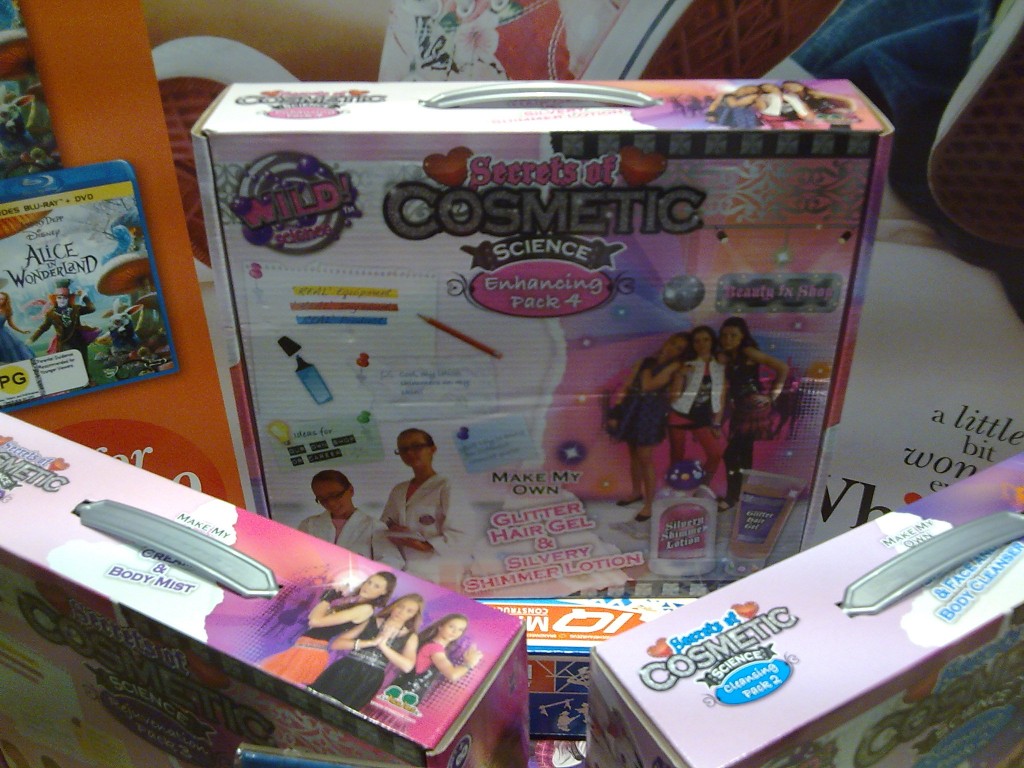Carol C. sent in another example of the male = active, female = passive dichotomy, this time from Lego. They have a line called Lego City, which contains four figures and various accessories:
While you can obviously pose the characters however you want, Lego’s description of the set clearly assumes men are in more active, with specific work-related roles:
Meet the residents of LEGO® City!
LEGO® City is one busy place! As the girl listens to the radio on the park bench, the nearby policeman directs cars at the traffic light, the delivery boy hurries with an important package on his cart, and the businessman heads to his next meeting. Includes minifigures, street signs, accessories and more!
The men have jobs and things they are going to do. The girl — the only one here not in a uniform — sits on a bench.
Though she’s listening to the radio (on a boombox from, like, 1989), and possibly being hit on by the delivery boy, so maybe those are supposed to count as being active.



